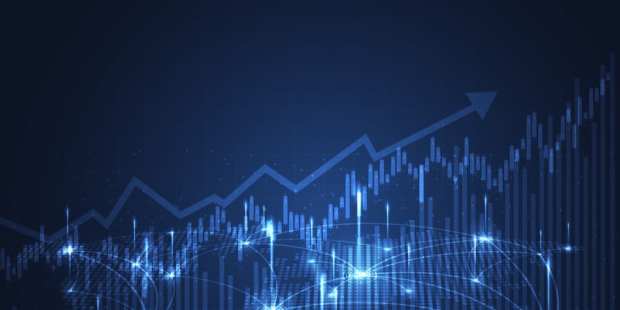Deep Dive: How Emerging AI Data-Driven Models Influence The Fraud Fight

![]() Bank and credit card fraud losses are likely to reach $44 billion by 2025, and new fraud types — like attacks from false mobile banking apps — are cropping up more frequently. Both cybercriminals and financial institutions (FIs) are relying on one essential component to outmaneuver each other: data. Fraudsters cannot touch FIs’ data stores without significant effort, and this can give banks’ fraud protection models an edge.
Bank and credit card fraud losses are likely to reach $44 billion by 2025, and new fraud types — like attacks from false mobile banking apps — are cropping up more frequently. Both cybercriminals and financial institutions (FIs) are relying on one essential component to outmaneuver each other: data. Fraudsters cannot touch FIs’ data stores without significant effort, and this can give banks’ fraud protection models an edge.
Bad actors have been chipping away at this lead for years, however, coming away from hacks with troves of stolen banking credentials and other personal information. More than 3,800 data breaches were reported in the first half of 2019, and one study puts the number of compromised user credentials at 4.1 billion. General online fraud also increased by 17 percent year over year, with cybercriminals able to choose between access methods for online bank accounts or platforms, and switch between identities, which can sell for as little as $10 apiece on the dark web. Stolen credentials’ abundance means FIs need to change how they view this data to protect legitimate digital banking customers.
Banks have been relying on artificial intelligence (AI) and machine learning tools to sort through high data volumes, but it may be time for them to reevaluate the tools’ applications. Using AI to model enhanced data visualizations for human analysts could be key to fighting off cybercriminals armed with seemingly legitimate customers’ credentials. FIs that apply AI and machine learning in this way can better understand fraud, and glean more personalized views of existing customers.
AI’s Role In Data Visualization
The sheer amount of data banks must process to differentiate customers from bad actors can be daunting, especially as the banking world becomes more connected by the day. Data visualization, though, can be key to helping analysts map customers’ behaviors, and instantly distinguish normal transactions from unusual ones. Shoring up these models with additional personalized data categories, insights and recommendations can profoundly improve their accuracy as well. AI and machine learning increase the processing speed and scale of data analysis, which makes highlighting those distinctions even easier.
Graphically modeling banking transactions and behaviors can be beneficial to fighting fraud because human brains are better equipped to parse visual information, according to one report. AI and machine learning are particularly suited to aggregation and categorization, however, meaning banks’ hybrid approaches — with algorithms or automated tools to generate visual data representations for humans to interpret — may be best at capturing fraudsters early. Those algorithmic technologies can provide analysts with insights into how customers behave when applying for loans, opening credit cards or even making simple bank transfers.
This integrated approach can assist banks in halting fraudsters who have managed to access information on their platforms, as bad actors typically leave digital trails when attempting to siphon users’ credentials or funds. AI-driven visualization can spotlight these, and aid banks in eliminating the access of entire groups relying on the same methodology.
It is important to note that data visualization models and their resulting fraud alerts still rely on the presence of human analysts. As specialists remain responsible for approving or declining flagged transactions, building dedicated data science teams to manage AI tool applications is mandatory. After all, banks will compete with each other to retain talent as such skills become more of an industry commodity. Jobs that support such model creation and technology management are especially in demand, thanks to a limited and flexible talent pool, and the situation is likely to continue as technology advances.
Emerging Technologies And The Future Of Fraud
Data science teams must remain on the cutting edge of AI and machine learning to stay ahead of bad actors’ experimentation, and banks must stay flexible even as they work toward new AI-driven insights and machine learning-powered data aggregation efforts. FIs are linking their platforms through application programming interfaces (APIs) and other global services, increasing data volume to create fraud prevention models. The influx of information can help them spot fraudsters jumping between platforms, especially with AI- and machine learning-enabled tools noting pattern changes faster than humanly possible.
The integrations come with their own drawbacks, however, as any connected platform represents a port of entry for both customers and potential fraudsters.
It is impossible to know just how sophisticated AI and machine learning technologies will become in the future, but the data that powers these technologies will remain critically important. Banks must keep experimenting and investing to support their teams, technologies and data access to stay ahead of cybercriminals aiming to innovate on their own.
